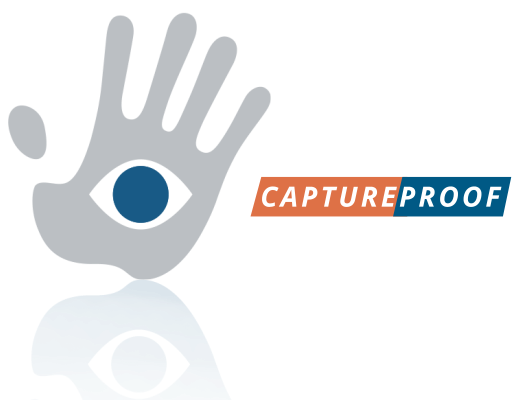But with CaptureProof, it would be easier.
Last week, we shared facts and figures on the risks of using personal mobile devices in a healthcare setting – and showed that while our phones may be smart, they are not very secure.
This week we are going to give you the tools you need to know the few times a Clinician can disclose PHI, and how to keep this information private and secure the rest of the time – whether you’re transmitting it or storing it.
So when can Clincians disclose PHI?
Here is a 3 pronged test you can take:
- Is the disclosure for treatment, payment or health care operations purposes?
- If not, do you have authorization from the Patient?
- If not, is there another legal requirement for disclosure?
If you answer “yes” to any of the questions above, then you may share PHI both within and outside your Institution.
BUT there is a caveat – always remember to read the small print folks!
When disclosing PHI, HIPAA says you must: eliminate all of the personal identifiers , and use/disclose only the minimum necessary amount of PHI necessary to satisfy the purpose or use of the disclosure
But what about the rest of the time – when you’re not disclosing or sharing Patient information? How do you keep it secure?
When it comes to your mobile device, the Office of the National Coordinator for Health Information Technology suggests the following measures to ensure that PHI is secure on mobile devices:
- Use a password or other user authentication.
- Activate a screen lock after the device has not been used for a period of time.
- Install or enable encryption.
- Install or activate remote wiping and/or disabling.
- Disable or do not use file-shared applications.
- Install or enable firewalls.
- Install or enable security software.
- Keep your security software up to date.
- Research apps before downloading.
- Maintain physical control of your device.
- Use adequate controls when using Wi-Fi.
- Delete all stored PHI before reusing or discarding a device.
You could do all twelve things, or you could do one thing: Use CaptureProof!

CaptureProof as a HIPAA compliant app allows you to securely share medical chat, photos, and video for Patient-to-Clinician and Clinician-to-Clinician visual communication, via your smartphone. All data within our site is encrypted on-the-go and at rest — which simply means: we take security seriously and when you use CaptureProof to communicate and store information – it is already private and secure. So what if you lose your phone? No problem – no data is stored on the phone itself! Just redownload the app on your new phone, sign in, and voila! All of your data is there – safe, sound, and secure.
CaptureProof does a lot but don’t forget about the additional measures that a hospital, practice, or organization must take. Next week we will discuss the importance of setting up, updating, and understanding the procedures and policies regarding information sharing and digital devices.
#PHI #ePHI #CaptureProof #SEEandKNOW #SHOWandTELL #Healthcare #HealthTech #HealthIT

